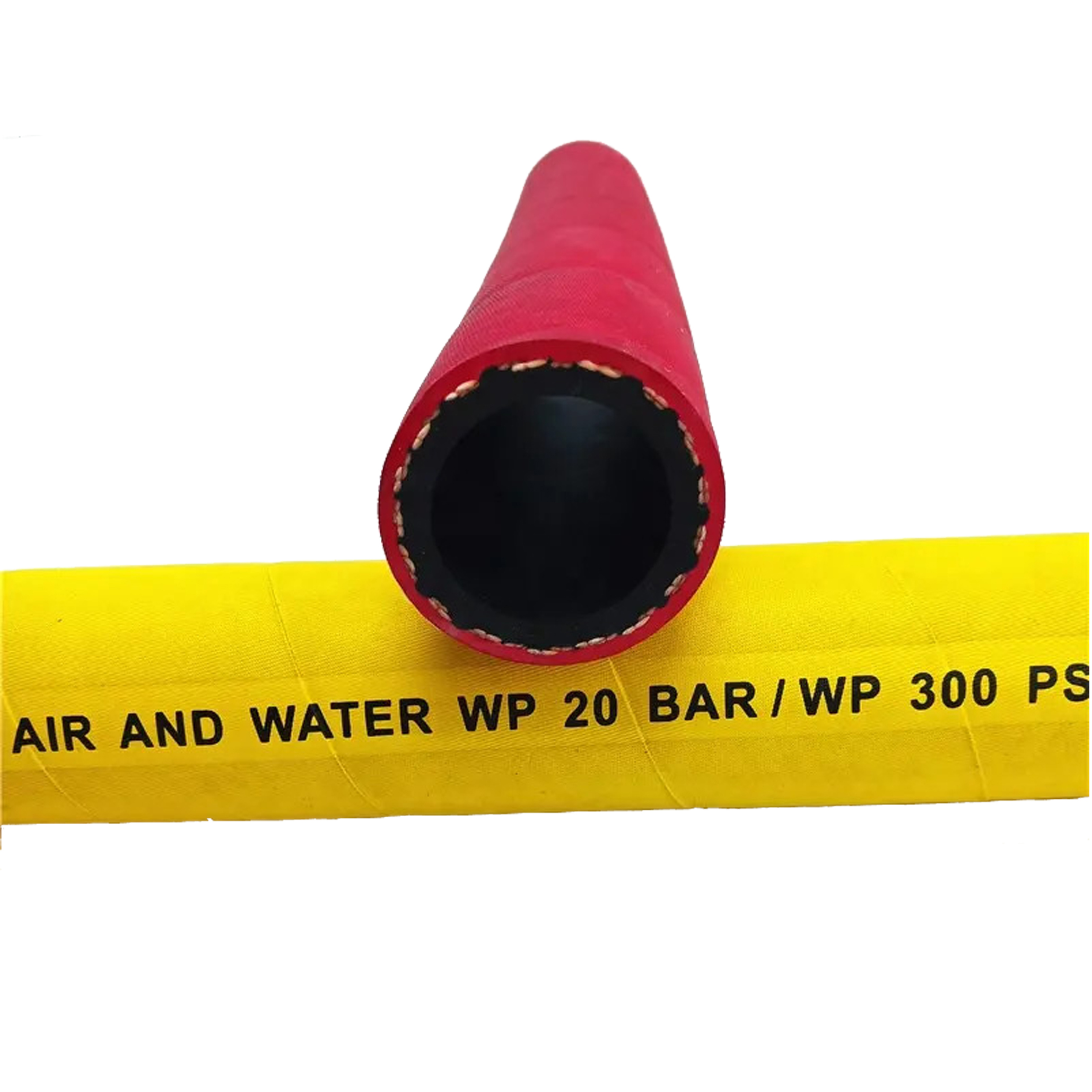335345435
Aug . 12, 2024 20:56 Back to list
Exploring Manufacturing Processes for Hydraulic Hose and Pipe Fittings in Global Factories
The Role of Hydraulic Hose Pipe Fittings Factories in Modern Industries
Hydraulic systems are crucial in various industries, including construction, manufacturing, and automotive sectors. One of the most critical components of these systems is the hydraulic hose pipe fittings, which connect hydraulic hoses to different equipment and ensure efficient fluid transfer. Hydraulic hose pipe fittings factories play a significant role in the production and supply of these essential components, impacting the overall performance and reliability of hydraulic systems.
Understanding Hydraulic Hose Pipe Fittings
Hydraulic hose pipe fittings are specialized connectors that provide leak-proof connections between hydraulic hoses and other hydraulic components, such as pumps, cylinders, and valves. These fittings must withstand high pressures and different temperature ranges, thus necessitating a robust design and high-quality materials. Common materials used in manufacturing these fittings include stainless steel, brass, and various alloys, which offer resistance to corrosion and wear.
Advantages of Quality Manufacturing
The importance of hydraulic hose pipe fittings cannot be overstated, as even a minor flaw can lead to significant system failures, resulting in costly downtime and potential safety hazards. Factories specializing in the production of these fittings adhere to stringent quality control processes and standards. By employing advanced manufacturing techniques and precision engineering, they ensure that the fittings are not only durable but also compatible with various hydraulic systems.
Modern hydraulic hose pipe fittings factories utilize computer-aided design (CAD) and computer numerical control (CNC) machining to achieve high precision and consistency in their products. This level of accuracy is crucial for effective sealing and performance in high-pressure environments. Furthermore, factories often invest in testing and inspection facilities to guarantee that every batch of fittings meets the required industry standards.
hydraulic hose pipe fittings factories

Customization and Innovation
Another key aspect of hydraulic hose pipe fittings factories is their ability to offer customization options. Different applications may require unique fitting designs, sizes, and materials. Factories often work closely with engineers and clients to develop tailored solutions, addressing specific operational needs. This flexibility not only enhances the functionality of hydraulic systems but also promotes innovation in design and manufacturing processes.
With the rise of smart technologies and automation, many hydraulic hose pipe fittings factories are now incorporating advanced robotics and artificial intelligence into their production lines. This transition not only increases efficiency but also enables real-time monitoring and predictive maintenance, further reducing the likelihood of system failures.
Environmental Considerations
In recent years, environmental considerations have become increasingly important in manufacturing processes. Hydraulic hose pipe fittings factories are adopting sustainable practices to minimize their ecological footprint. This includes the use of recyclable materials, energy-efficient manufacturing processes, and waste reduction techniques. By focusing on sustainability, these factories not only comply with regulations but also appeal to a growing market of environmentally conscious consumers.
Conclusion
Hydraulic hose pipe fittings factories are integral to the performance and safety of hydraulic systems across various industries. Their commitment to quality manufacturing, customization, innovation, and sustainability ensures that businesses can rely on their products for efficient and effective operations. As industries continue to evolve, these factories will play a pivotal role in providing the components necessary for the advancement of hydraulic technology, contributing to enhanced productivity and safety in the workplace. The future of hydraulic systems depends significantly on the ongoing development and capabilities of these manufacturing facilities, making them vital players in the industrial landscape.
-
SAE 100 R17 Black Smooth Cover Hydraulic Hose
NewsMar.07,2025
-
SAE 100 R17 Black Smooth Cover Hydraulic Hose
NewsMar.07,2025
-
SAE 100 R17 Black Smooth Cover Hydraulic Hose
NewsMar.07,2025
-
SAE 100 R17 Black Smooth Cover Hydraulic Hose
NewsMar.07,2025
-
SAE 100 R17 Black Smooth Cover Hydraulic Hose
NewsMar.07,2025
-
steel wire braided hydraulic hose
NewsMar.07,2025



